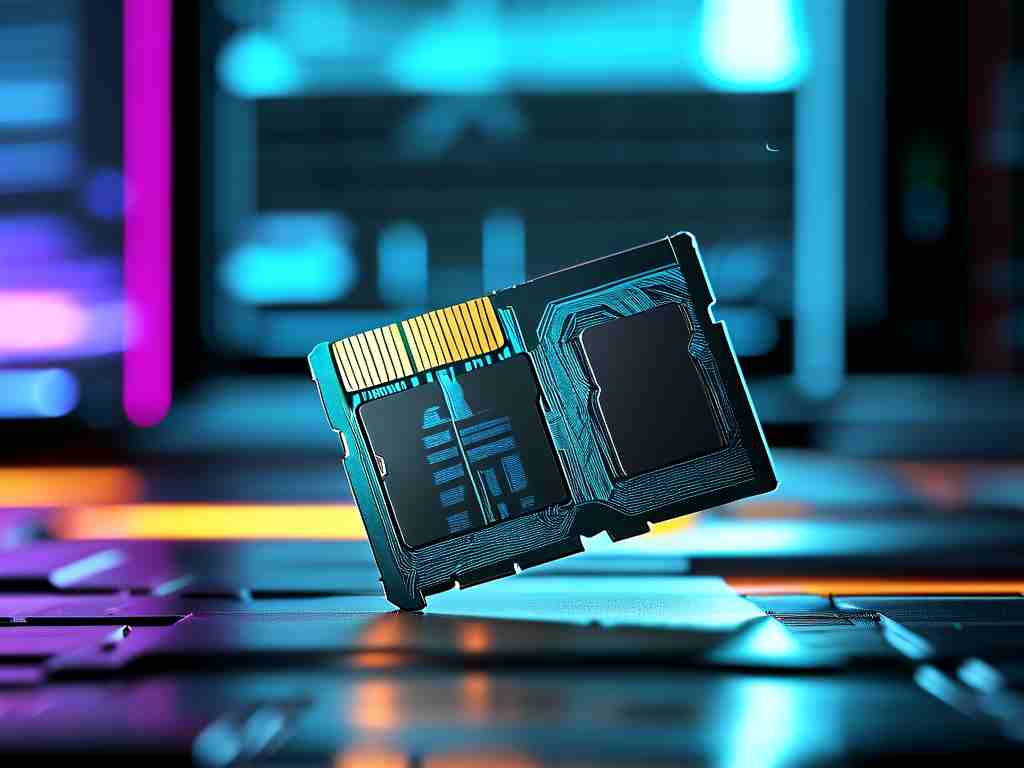Memory cards are essential tools in our digital lives, storing everything from photos to documents, but many users find themselves puzzled by how their actual capacity is determined. Understanding this calculation can prevent frustrating surprises when your device shows less space than advertised. At its core, memory card capacity refers to the total amount of data it can hold, measured in bytes or larger units like gigabytes (GB). However, the process isn't as straightforward as reading the number off the packaging due to differences in how manufacturers report sizes and how file systems manage storage. This article will guide you through the key concepts and practical steps to accurately compute memory card capacity size, helping you make informed decisions without relying on misleading labels.

To start, you must grasp the basic units of digital storage. Data is measured in bits and bytes, with one byte equaling eight bits. Common prefixes like kilobyte (KB), megabyte (MB), and gigabyte (GB) build on this foundation. But here's where confusion often arises: manufacturers typically use decimal-based calculations for marketing, where 1 GB equals 1,000,000,000 bytes (10^9 bytes), while computers and operating systems use binary-based calculations, where 1 gibibyte (GiB) equals 1,073,741,824 bytes (2^30 bytes). This discrepancy means a card labeled as 64GB might only offer about 59.6 GiB of usable space in practice. For instance, if you plug in a new memory card, your device might display less capacity than expected because it's interpreting the size in binary terms. Always check the specifications on the card or its documentation to see if the capacity is listed in decimal or binary units—this small detail is crucial for accurate calculation.
Next, consider the role of file systems in reducing available capacity. When you format a memory card, the file system (such as FAT32, exFAT, or NTFS) reserves a portion of space for metadata like file tables and directories. This overhead isn't part of your user data but is essential for organizing files. For example, formatting a 32GB card in FAT32 might consume 50-100 MB, depending on the card's size and the device's settings. To estimate this loss, you can use simple formulas. Total capacity in bytes is derived from the advertised size; say a card is sold as 128GB. Using decimal units, that's 128,000,000,000 bytes. But after formatting, subtract the file system overhead—often around 0.5-2% for common formats. A code snippet in Python can illustrate this rough estimation:
def calculate_usable_capacity(advertised_gb, overhead_percent=0.01): total_bytes = advertised_gb 1000000000 # Decimal calculation overhead_bytes = total_bytes overhead_percent usable_bytes = total_bytes - overhead_bytes return usable_bytes / 1000000000 # Convert back to GB for readability
Call this function with your card's specs to get a ballpark figure. For instance, calculate_usable_capacity(64) might return approximately 63.36 GB, highlighting the minor but real reduction. Always remember that actual overhead varies based on the file system and device, so tools like disk management utilities on your computer can provide precise readings after formatting.
Another factor is the card's physical architecture, including bad blocks and reserved areas. Memory cards have built-in controllers that allocate spare sectors to replace defective ones over time, slightly diminishing usable space. While this is minimal in new cards, it becomes more significant with age. To calculate this, inspect the card's SMART data or use manufacturer software if available. For example, a tool like SD Card Formatter can report raw capacity before any formatting occurs. If you're dealing with older cards, subtract an additional 1-5% for such reserves. Real-world testing is key: fill the card with large files and compare the consumed space to the theoretical maximum. This hands-on approach ensures your calculations account for real-life variables like cluster sizes in file systems, which can waste space if not optimized.
In , calculating memory card capacity size involves multiple layers: unit conversions between decimal and binary systems, accounting for file system overhead, and considering physical degradation. By starting with the advertised size in bytes, applying conversion factors, and deducting estimated losses, you can arrive at a realistic figure. Always verify with your device's storage settings or third-party apps for accuracy. This knowledge empowers you to avoid overpaying for overstated capacities and ensures you maximize your storage efficiently. For further learning, consult resources like the SD Association's guidelines or experiment with different cards to see these principles in action.


